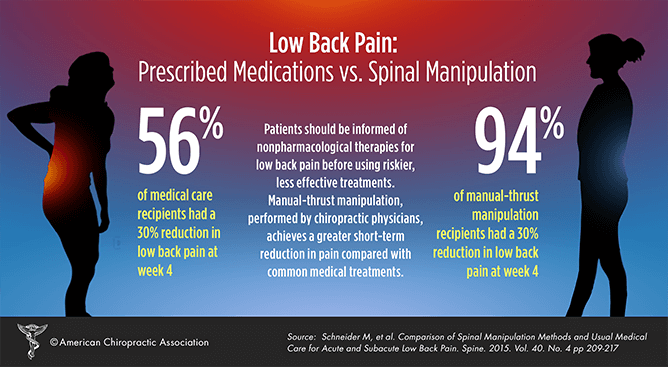The Mechanics And Impacts Of Cold Laser Therapy: Revealing The Scientific Comprehending
The Mechanics And Impacts Of Cold Laser Therapy: Revealing The Scientific Comprehending
Blog Article
Personnel Writer-Rosendahl Peters
You may have become aware of cold laser therapy as an encouraging therapy alternative for various conditions, yet have you ever questioned how it in fact deals with a mobile level? Understanding visit the next internet site behind this therapy can clarify its effectiveness in promoting healing and reducing inflammation. By checking out the science behind cold laser treatment, you'll get insights right into the fascinating methods which light can influence mobile processes and promote cells repair work.
How Cold Laser Treatment Functions
To understand just how cold laser treatment works, you require to realize the fundamental concepts of exactly how light power communicates with organic cells. Cold laser treatment, likewise called low-level laser treatment (LLLT), uses particular wavelengths of light to pass through the skin and target underlying tissues. Unlike the intense lasers utilized in surgeries, cold lasers discharge reduced levels of light that do not create warmth or cause damages to the tissues.
When these mild light waves reach the cells, they're taken in by elements called chromophores, such as cytochrome c oxidase in mitochondria. This absorption triggers a collection of biological reactions, including increased mobile energy manufacturing and the release of nitric oxide, which boosts blood circulation and lowers swelling.
In addition, the light energy can likewise stimulate the production of adenosine triphosphate (ATP), the energy money of cells, assisting in mobile repair work and regeneration processes.
Essentially, cold laser treatment uses the power of light power to promote healing and relieve discomfort in a non-invasive and gentle way.
Systems of Action
Exactly how does cold laser therapy really function to produce its restorative results on biological cells?
Cold laser therapy, also referred to as low-level laser treatment (LLLT), runs via a process called photobiomodulation. When the cold laser is related to the skin, the light energy permeates the tissues and is soaked up by chromophores within the cells.
These chromophores, such as cytochrome c oxidase in the mitochondria, are after that promoted by the light power, resulting in a cascade of organic responses. One crucial system of activity is the improvement of mobile metabolic process.
The soaked up light energy boosts ATP manufacturing in the mitochondria, which is vital for mobile feature and repair service. Furthermore, cold laser therapy aids to minimize swelling by preventing inflammatory arbitrators and promoting the launch of anti-inflammatory cytokines.
This anti-inflammatory effect adds to pain alleviation and tissue recovery.
Restorative Impacts
Understanding the therapeutic results of cold laser therapy entails acknowledging just how the enhanced cellular metabolic rate and anti-inflammatory residential or commercial properties contribute to its favorable outcomes on biological cells.
When the cold laser is applied to the afflicted area, it stimulates the mitochondria within the cells, resulting in increased manufacturing of adenosine triphosphate (ATP), which is crucial for cellular feature and repair service. This increase in cellular energy accelerates the healing procedure by promoting tissue regeneration and decreasing inflammation.
In addition, the anti-inflammatory homes of cold laser therapy aid to decrease discomfort and swelling in the targeted area. By inhibiting inflammatory mediators and promoting the release of anti-inflammatory cytokines, cold laser treatment help in alleviating discomfort and enhancing the general healing action.
https://archerzqfvm.ambien-blog.com/34463274/ponder-a-future-devoid-of-pain-discover-the-holistic-advantages-of-cool-laser-therapy-for-effective-pain-relief in inflammation not only gives instant alleviation however also supports lasting tissue fixing.
Conclusion
Finally, cold laser treatment works by stimulating cellular repair and cells regrowth with photobiomodulation. Its anti-inflammatory residential properties provide pain alleviation and minimize swelling by hindering inflammatory conciliators.
This treatment provides a comprehensive technique to recovery, providing both immediate alleviation and long-lasting tissue repair service advantages.
Via its mechanisms of activity, cold laser treatment confirms to be a reliable and promising therapy option for a selection of conditions.
